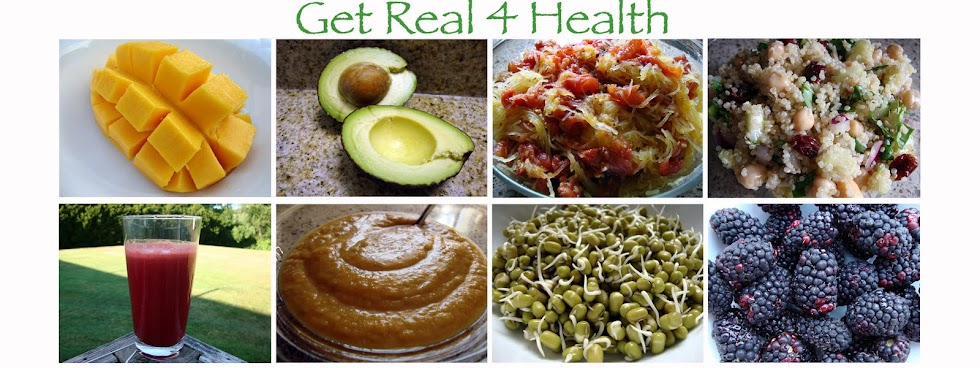
I met Li about 12 years ago when I was a graduate student. She was always bringing in delicious food to share with her lab mates and she frequently invited me over to try some of her authentic Chinese cuisine. This is where I learned about lots of different vegetables used in Chinese dishes and has been my inspiration for much of my own cooking.
In the video above, Li explains the origins of Buddhist Delight and goes into the main ingredients that are essential to making it right. These include shitake mushrooms, which give the dish an underlying dose of flavor, and tofu prepared in a variety of ways, including fried and smoked.

To add some crunch and texture, vegetables like bok choy, squash, carrots, and cabbage are added. The result is the delicious dish above that can be eaten as is or over rice. And if being served for Chinese New Year, Li explains why she would serve this dish in a bowl with a fish pattern. It’s all good. I hope you watch and enjoy!!







